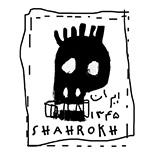Echoes of Exile: A Palette of Survival
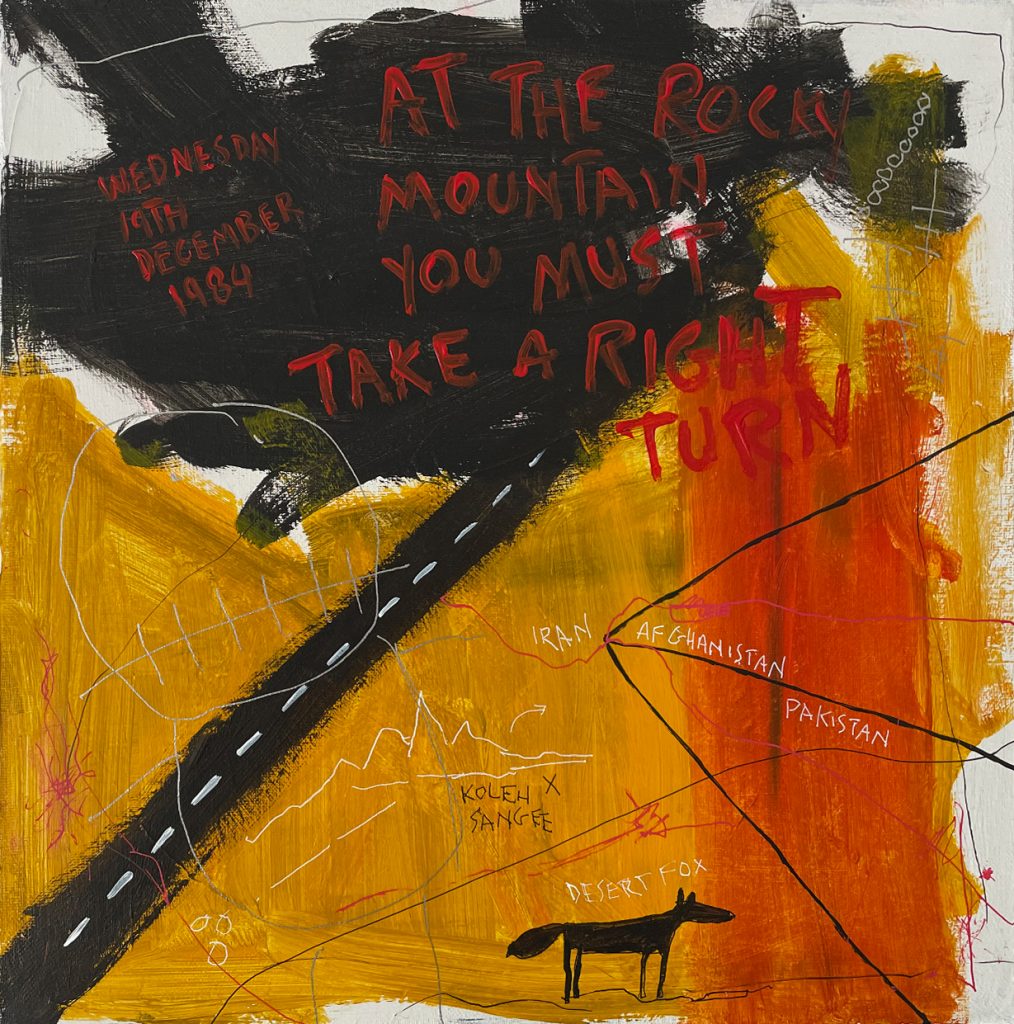
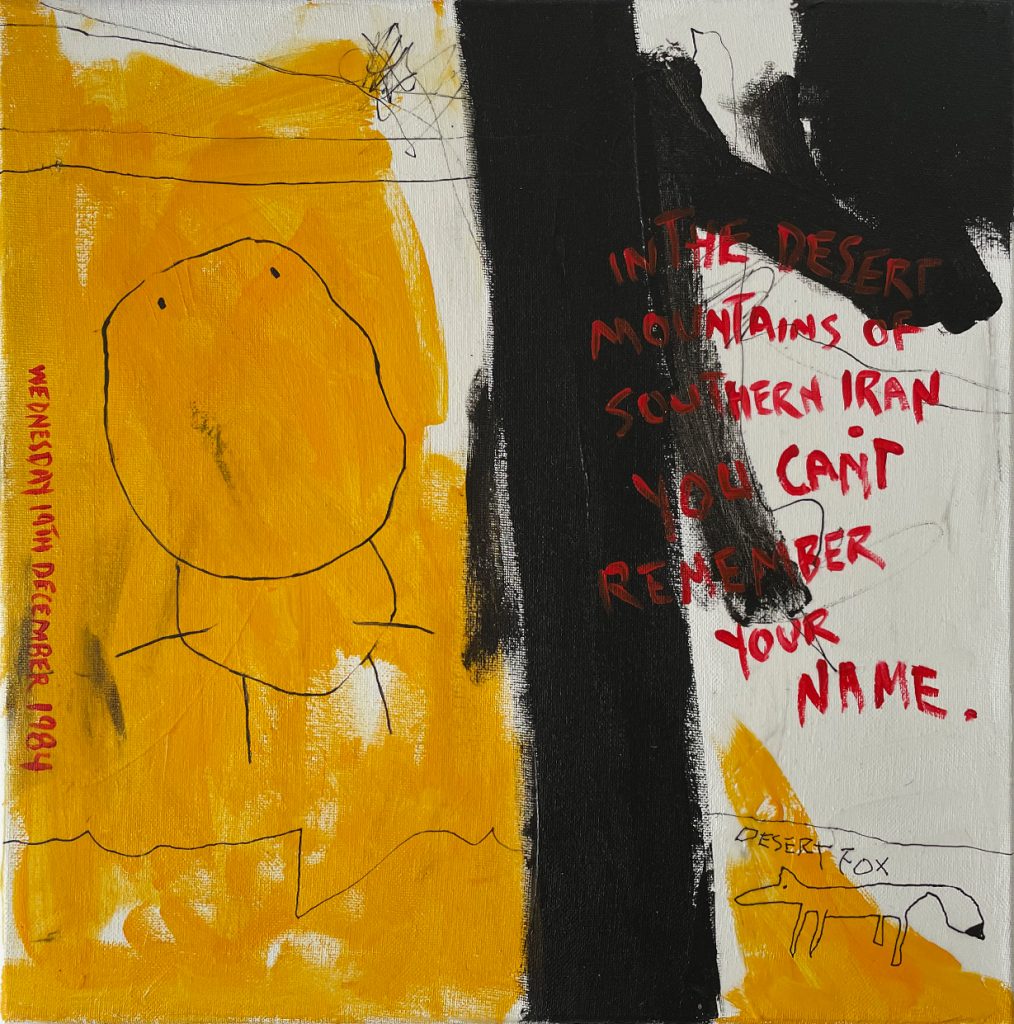
Amnesia
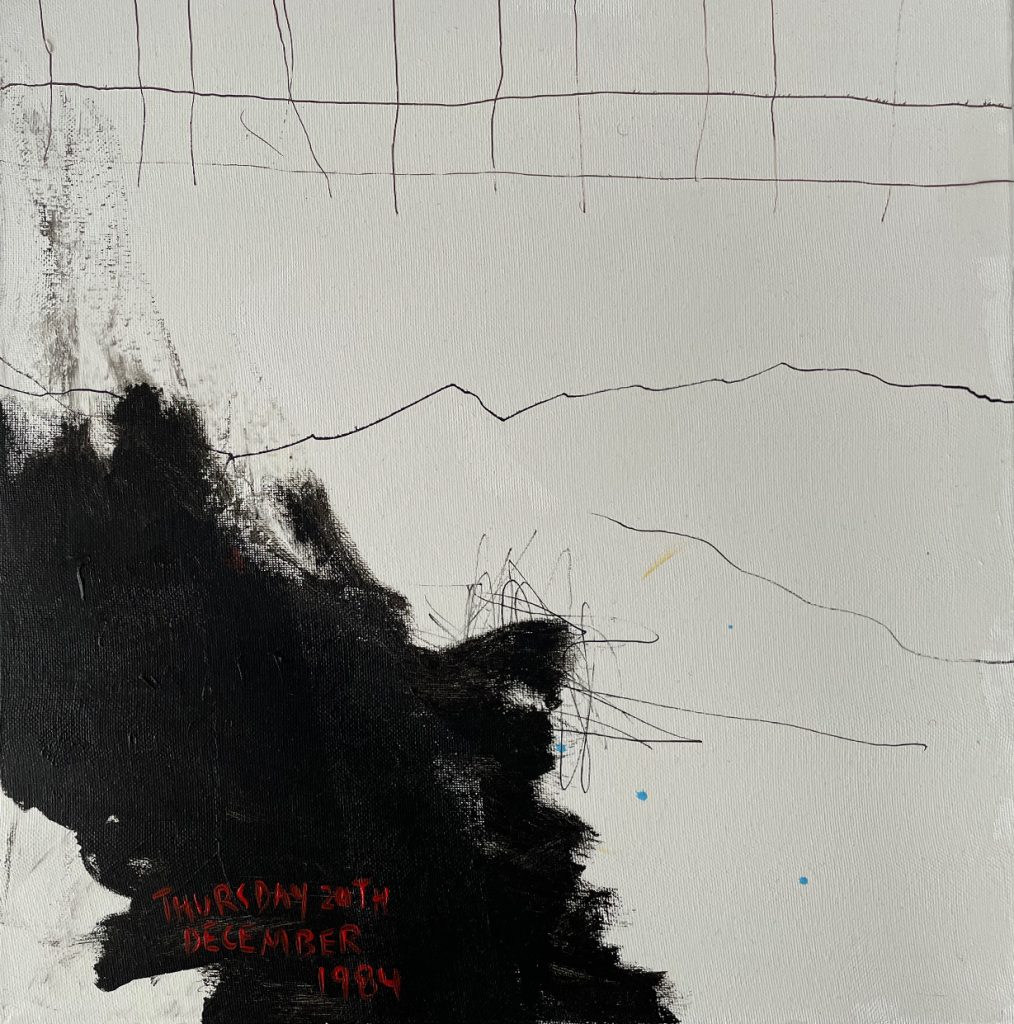
A Cold Silence
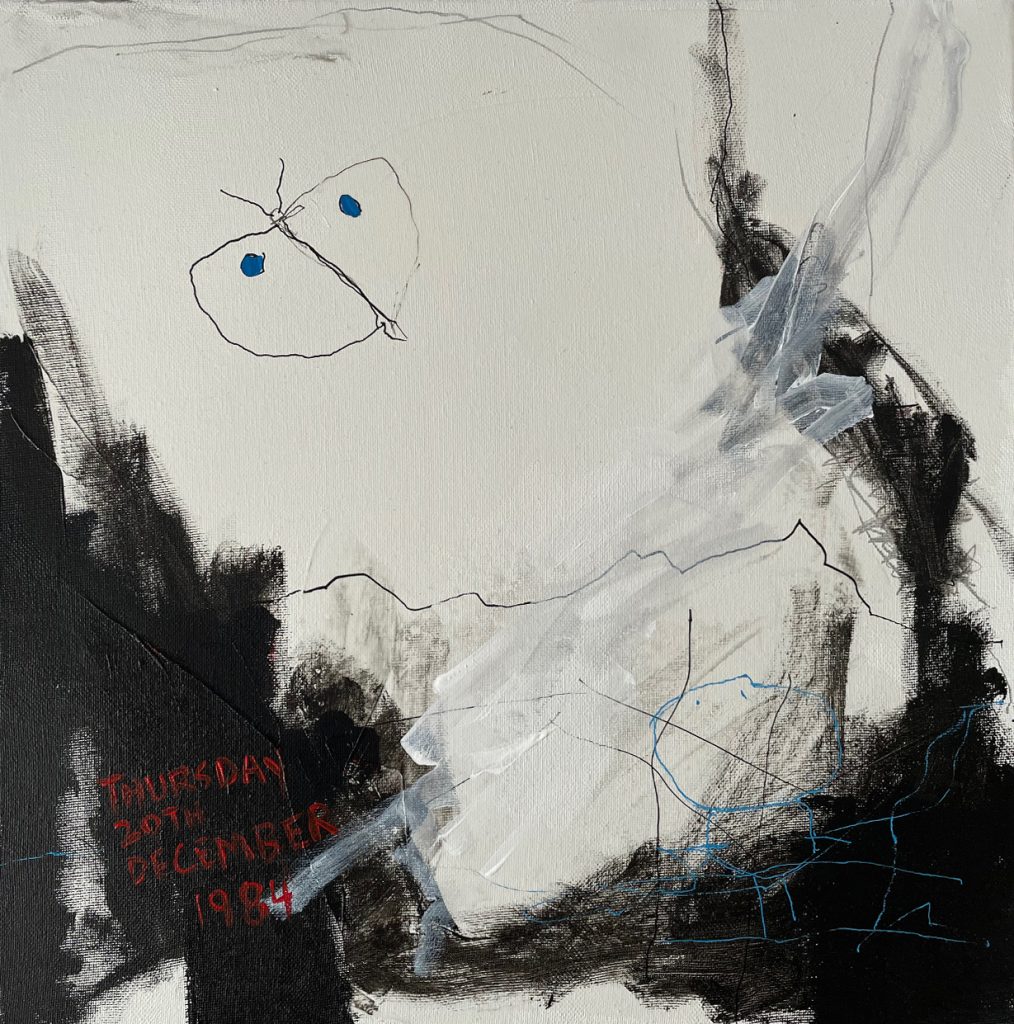
A Blue Dotted Butterfly
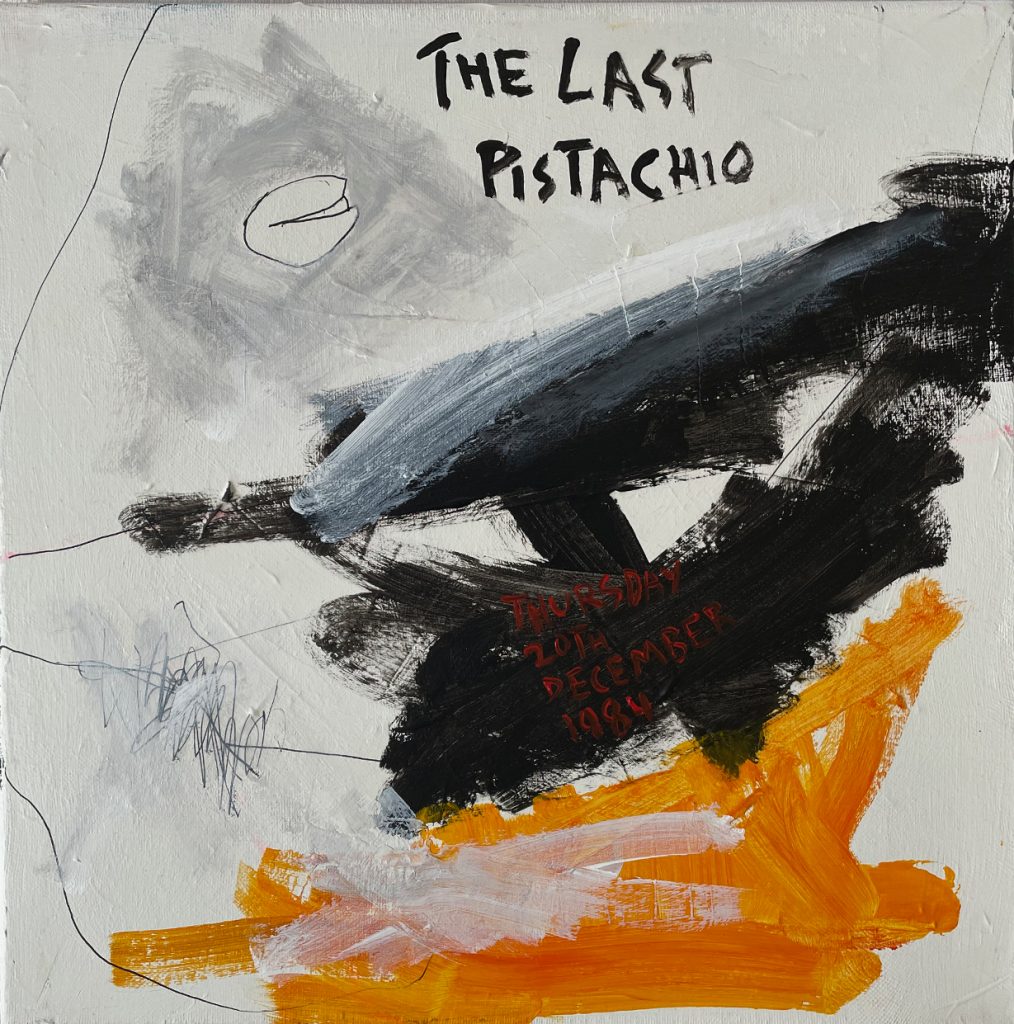
The Last Pistachio
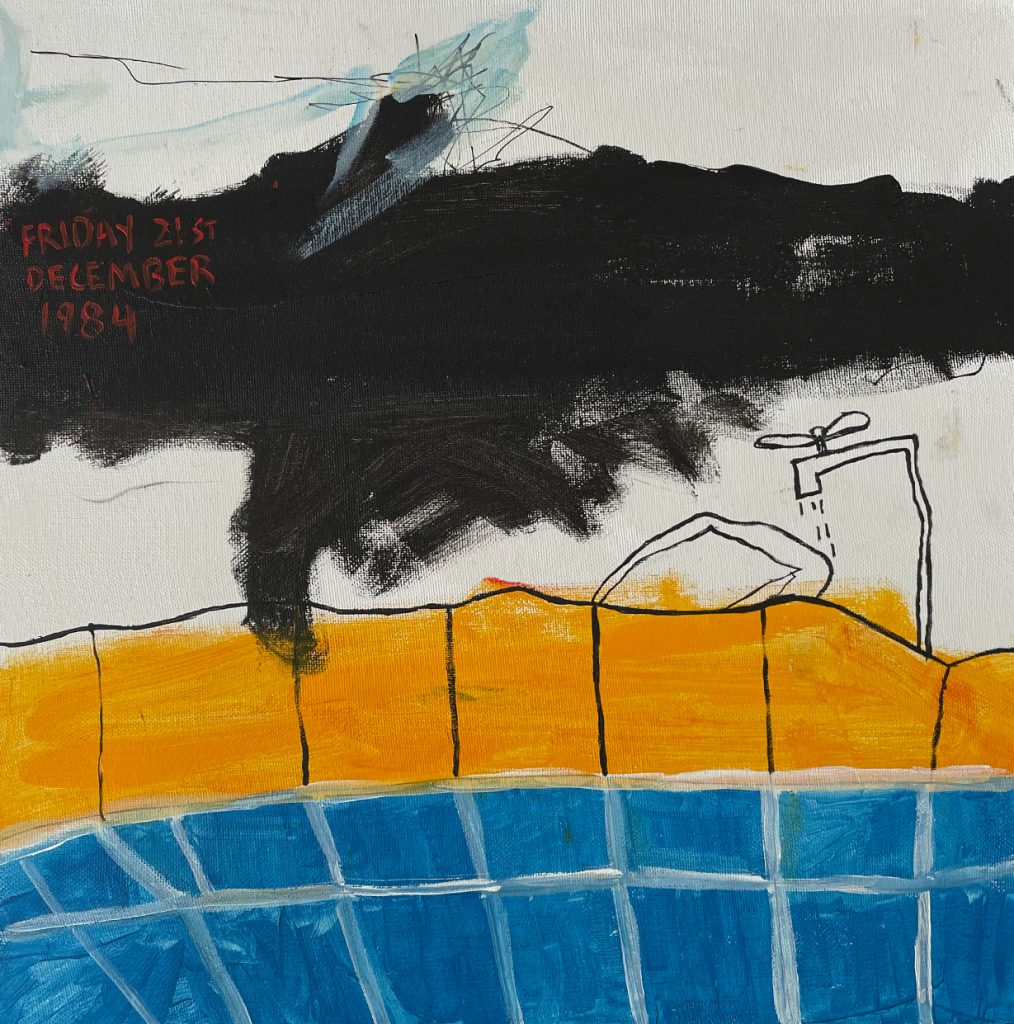
A Desert Pool
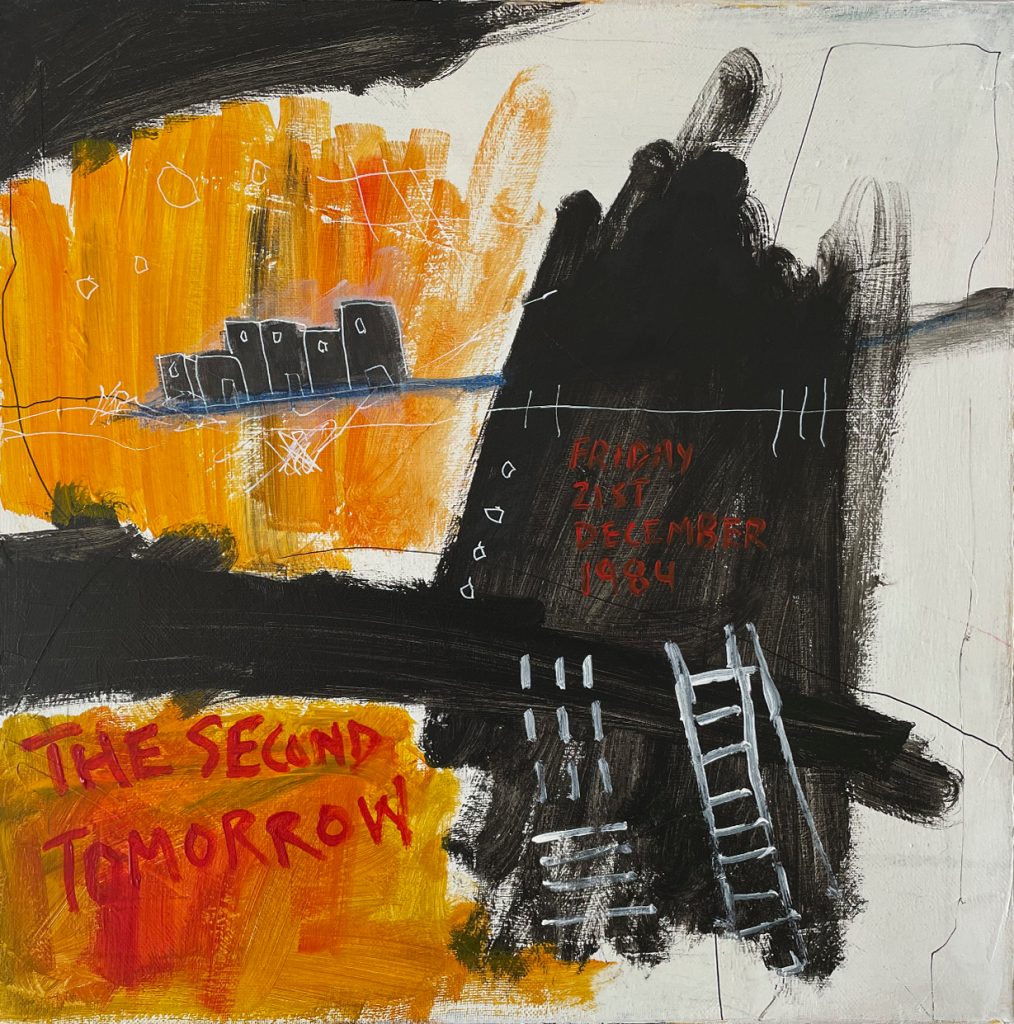
The Second Morning
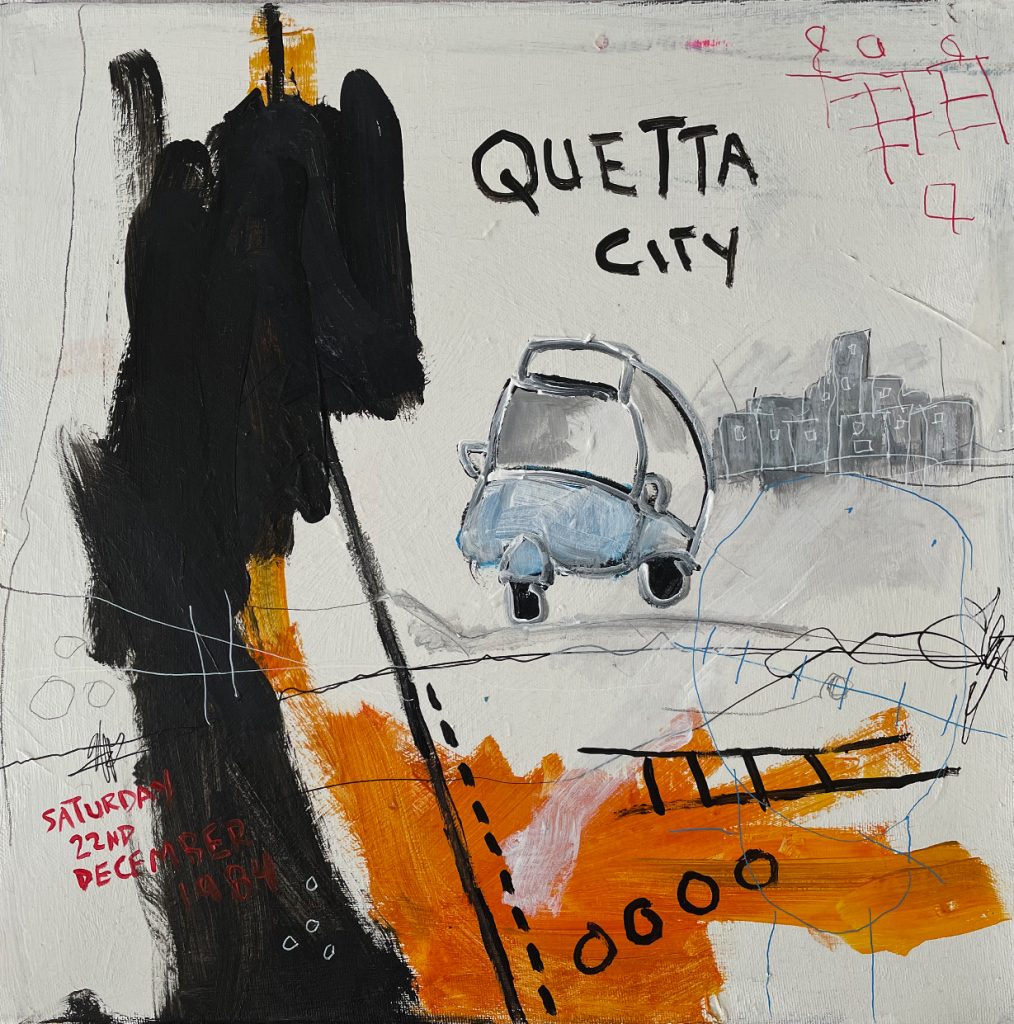
Quetta City
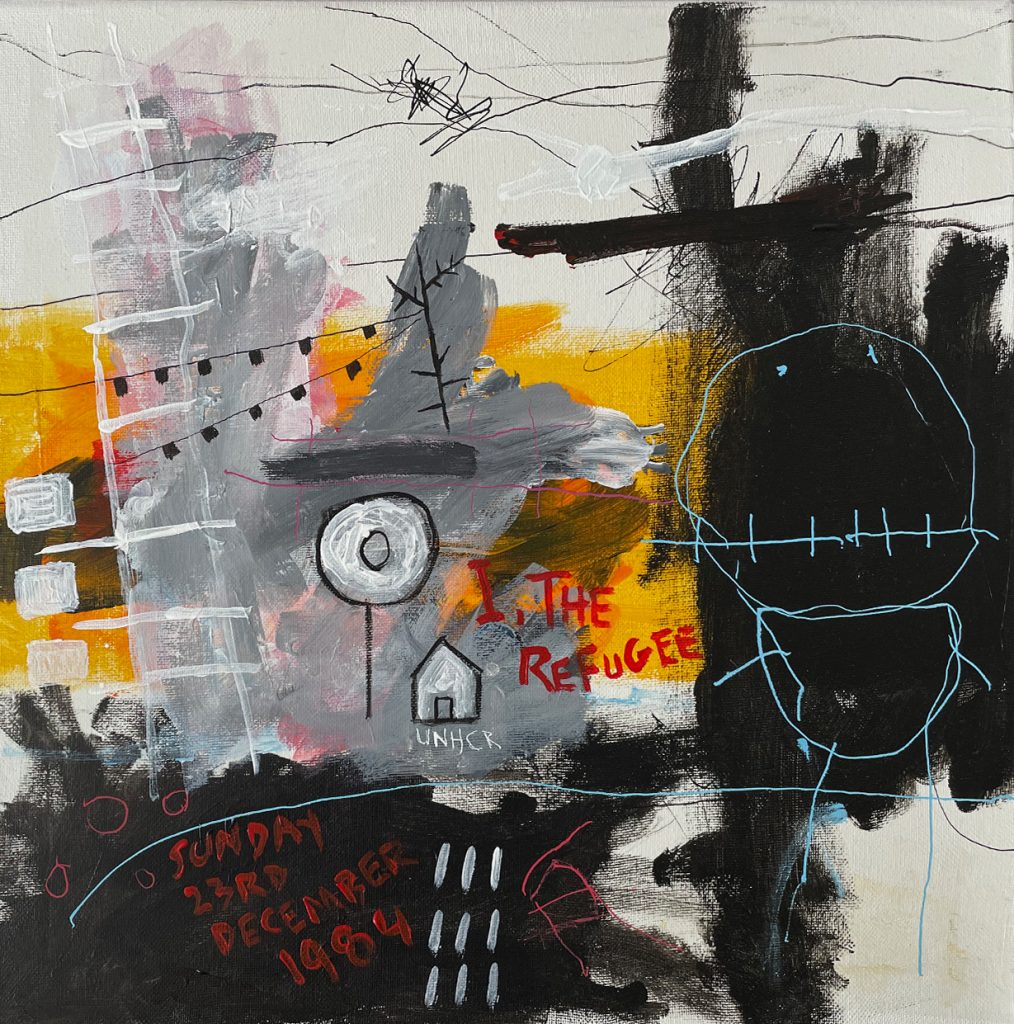
Echoes of Exile: A Palette of Survival
Echoes of Exile: A Palette of Survival, a new collection of paintings by Manchetser-based Iranian born artist Shahrokh, documents a journey across a border. Not simply a metaphorical border, but a literal one, and one which would come to define his selfhood and art practice forever. In December 1984, Shahrokh made a journey across a border, which in turn would change his status as a citizen. As a refugee of the Iranian Revolution, Shahrokh spent five days crossing the border on a journey that would take him first through Afghanistan, then Pakistan. He would eventually come to Manchester, where he still resides and works. The collection, as with Shahrokh’s previous collections, is told in a series of nine works. A chronological document of the memory of his border crossing.
The Rocky Mountain

Echoes of Exile – 2022’s Collections – At The Rocky Mountain You Must Turn Right – Acrylic on Canvas 40cm x 40cm
The first painting is titled At The Rocky Mountain You Must Turn Right. As is typical with Shahrokh paintings, it is a mixture of landscape, text and figures. Acrylic on canvas is used to both create a sense of the landscape of the Iranian desert, and obscure it. Using a simple combination of block colours: black, orange, yellow and the white of the canvas. A road runs from bottom left to top right of the perfectly square canvas, obscured in the upper right by a black, amorphous cloud. Delicately etched contour lines trace segments of a map including the borders between Iran, Afghanistan and Pakistan. Other territorial features such as mountain ranges and foxes are present and labelled. In fact, there is much information in this painting. One piece of text reads WEDNESDAY 19th DECEMBER 1984”, the other reads “AT THE ROCKY MOUNTAIN YOU MUST TAKE A RIGHT TURN”. This is both the start of the series of paintings, and the start of Shahrokh’s artistic and literal journeys. His own journey is visually evident in the work – a thick red-orange line traces the route Shahrokh would take in 1984 – but it is also unclear. Memories are compressed, by the passage of time, by trauma, and by the life lived in between then and now. We are reminded often in Shahrokh’s work that we cannot truly experience a moment in time through painting. Painters can, if they wish, piece together the memory of a memory of a time, subjective to their experiences. These paintings are a type of compression, or a disfigurement of memory.
Amnesia

Echoes of Exile – 2022’s Collections – Amnesia – Acrylic on Canvas 40cm x 40cm
Quite fittingly, the second painting in the series is called Amnesia. The most prominent text reads “IN THE DESERT MOUNTAINS OF SOUTHERN IRAN YOU CAN’T REMEMBER YOUR NAME”. Shahrokh has said that when he passed border security, it was recommended he not carry any identification, in case he was to be stopped by border guards. In this painting, we see one of many ways in which the artist’s identity is absent in the journey from citizen to refugee. Notably, this piece features a line drawing of a person. It’s juvenile in style: just a head sat on top of a torso. Sticks-for-arms.
A Cold Silence

Echoes of Exile – 2022’s Collections – A Cold Silence – Acrylic on Canvas 40cm x 40cm
The next painting, entitled A Cold Silence, pauses for breath. It does not feature the oranges and yellows of the previous two paintings, but instead is suggestive of a bleak landscape. We get the feeling that the artist has crossed the barrier between nations, and has found on the other side an expansive landscape of uncertainty.
A Blue Dotted Butterfly

Echoes of Exile – 2022’s Collections – A Blue Dotted Butterfly – Acrylic on Canvas 40cm x 40cm
A Blue Dotted Butterfly allows, into the series, an opening for hope. Shahrokh introduces blue into his palette. A childlike figure looks towards a line-drawn butterfly, with those eponymous blue spots. This is day two.
The Last Pistachio

Echoes of Exile – 2022’s Collections – The Last Pistachio – Acrylic on Canvas 40cm x 40cm
The Last Pistachio is next. Once again Shahrokh’s figures here are confrontational. ‘The last pistachio’ may be literally that – the end of supplies from a previous life. We realise that the danger and isolation Shahrokh faced on his journey was profound, and real.
A Desert Pool

Echoes of Exile – 2022’s Collections – A Desert Pool – Acrylic on Canvas 40cm x 40cm
A Desert Pool suggests encountering an oasis in the desert. Though Shahrokh turns the idea on its head. Instead of a natural pool, we see the suggestion of a tiled pool, with a tap. Shahrokh has spoken about this encounter, saying the tap he found in the desert was one of the most surreal experiences of his life. While others say he was hallucinating, to Shahrokh it was utterly real. Here, an explosion of blue is effective, and affecting.
The Second Morning

Echoes of Exile – 2022’s Collections – The Second Morning – Acrylic on Canvas 40cm x 40cm
The Second Morning follows. We are now on day three of the five day crossing, and it is the first encounter we have with a built up area. While Shahrokh says that this was a time of relief and shelter – the villagers gave him food and allowed him to rest on his journey – the painting itself deals in colours of threat and distress. We are not yet ‘out of the woods’.
Quetta City

Echoes of Exile – 2022’s Collections – Quetta City – Acrylic on Canvas 40cm x 40cm
In Quetta City we move from village to city. Nael depicts a rickshaw, in light blue. We know Shahrokh is a long way from home, in a bustling city, but there is still a sense of optimism. Shahrokh remembers his arrival in Quetta vividly, mostly through its smells. “Sweet, mixed with earth”, he recalls. Sweet mixed with earth could also be a way to view this moment: glorious relief, undercut with yet more unknowns.
I, The Refugee

Echoes of Exile – 2022’s Collections – I, The Refugee – Acrylic on Canvas 40cm x 40cm
The final painting in the series in I, The Refugee. The date – Saturday 23rd December, 1984 – is important. This is the fifth day of Shahrokh’s travels, and the day he registered as a refugee with the UNHCR (the UN Refugee Agency). This painting combines many of the motifs present throughout the series – the desert, the city, the childlike figure – the whole journey is compressed into this moment. Shahrokh has travelled from citizen, via stateless person, to refugee. It is an extremely politicised term: refugee. One which is ever-shifting in our global consciousness, and one which has informed Shahrokh’s artistic outlook. This is a journey, through memory, he keeps returning to. It is one which continues on, in his work.
Written Essay by Lucy.H
Date of Publication: 11/06/2022
